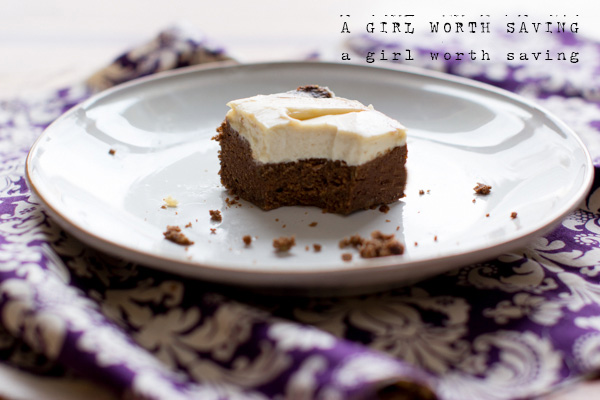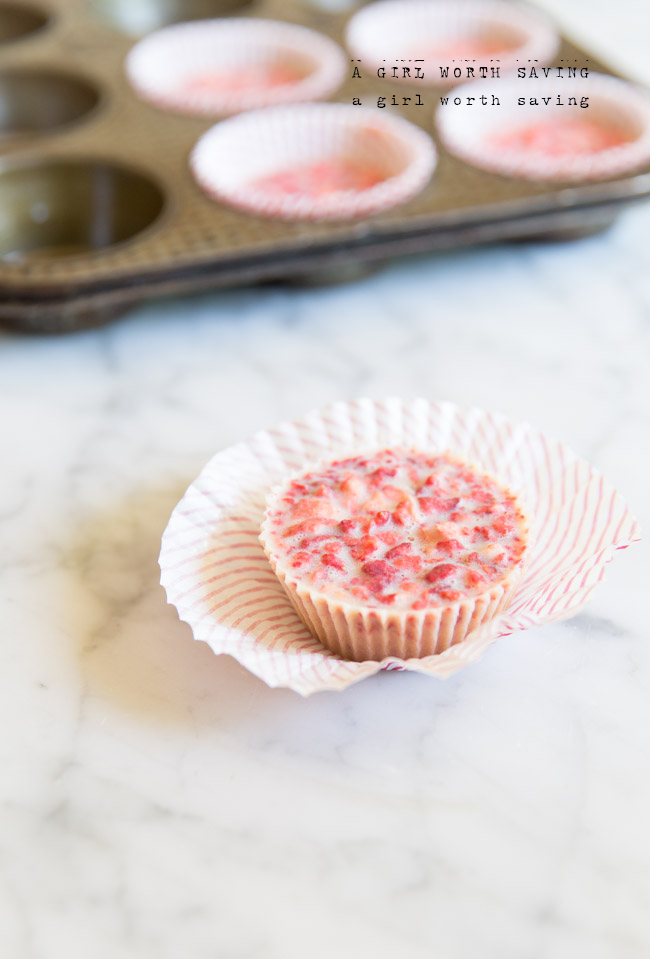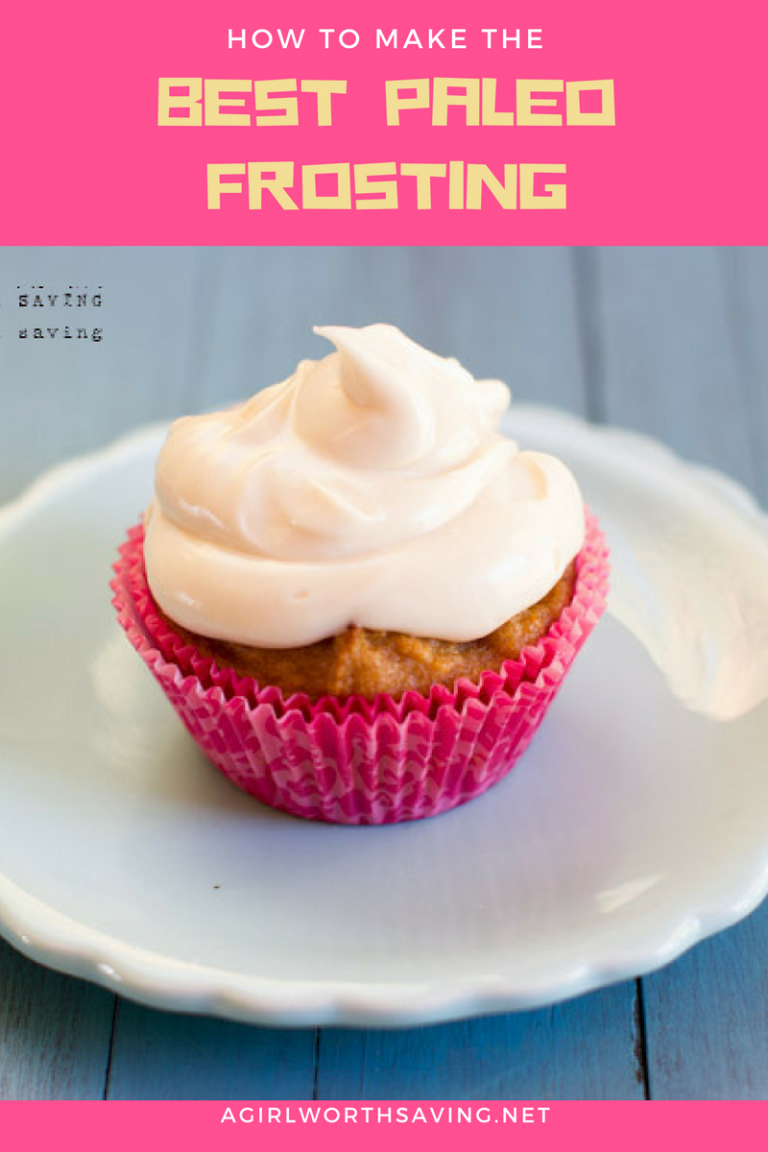Healthy Ice Cream Choices and the Freezers Behind Them
This post contains affiliate links. Click here to read my affiliate policy.
Last Updated on October 7, 2025
The first thing you notice in any good ice cream shop is the case. Cold air rolls out when it opens. The tubs look smooth, not icy. That is not an accident.
Behind the scenes, makers rely on the right equipment to keep flavor and texture stable. A well-built ice cream freezer also helps with food safety. For health-conscious customers, this matters as much as the recipe.
If you care about calories, sugar, or dairy content, it helps to know how both ingredients and freezers shape what ends up in your cup.

What Makes a “Healthier” Scoop
“Healthy” means different things for different people. Some want less sugar. Others need dairy-free or higher protein. Many just want a smaller portion that still satisfies. When you compare healthy ice cream options, look at three basics: added sugar, fat source, and serving size.
Added sugar is the number to watch on the label. Standard ice cream is higher in sugar. Fruit-based sorbets can also be sugary if they use syrup. Lower-sugar recipes use fruit purée, date paste, stevia, or allulose.
These choices cut grams without losing sweetness. If you prefer dairy, try custard-style ice cream with more egg yolk and less sugar, or a gelato-style base that balances milk and solids for flavor with less fat.
Healthy Ice – Smart Sweeteners Without a Taste Trade-Off
Cutting sugar often hurts texture. Sugar lowers the freezing point, keeps ice crystals small, and gives that soft bite. Makers handle this by blending sweeteners. A common method is to pair a small amount of cane sugar with allulose or erythritol. This keeps scoopability and reduces total sugar.
Another method is to lean on fruit. Bananas, ripe mango, or roasted strawberries add body and natural sweetness. A bit of inulin or chicory root fiber adds thickness and mouthfeel. These additions help the mix stay creamy at colder holding temperatures.
The result is a spoon that feels closer to classic ice cream, even with fewer added sugars.
Dairy, Dairy-Free, and Protein Options
Dairy-free ice cream is better than it used to be. Coconut milk brings richness. Oat, almond, and cashew bases offer a lighter taste. For a protein boost, some makers add whey or plant protein. This supports a thicker body and helps limit ice buildup during storage.
If you can eat dairy but want a lighter scoop, look for milk-forward styles with less cream. For lactose concerns, many shops now carry lactose-free dairy bases.
Home cooks can do this too by using lactose-free milk and a small amount of cream, then cooking the base to a gentle custard. Chill it well before freezing to keep the texture smooth.
Portion, Storage, and Food Safety
Portion size makes a big difference. A true half-cup serving with a rich flavor can satisfy just as well as a larger, lighter scoop. Toppings matter too. A spoon of toasted nuts or a few dark chocolate shavings adds crunch and slows eating, which helps with fullness.
Storage is not only about texture. It is about safety. Freezers should hold food at 0°F, which is about minus 18°C. That standard helps keep frozen items safe and slows quality loss over time, according to the U.S. Food and Drug Administration.
If you buy pints of healthy ice cream to keep at home, place them near the back of the freezer where the temperature is steadier. Avoid frequent thaw and refreeze, which causes ice crystals and a sand-like feel.
How Freezers Shape Texture and Taste
Now to the part most people never see. Ice cream needs two different cold zones to shine. Long-term storage should be very cold to protect texture and flavor. Service needs to be a bit warmer for an easy, round scoop.
Commercial dipping cabinets keep the serving surface just soft enough for scoops without digging or melting the whole tub. Flat glass top display cases show the product clearly and reduce warm air from frequent door openings.
The best cases limit temperature swings when the lid opens. That protects small crystals, and small crystals mean a smooth mouthfeel. Consistent air flow also helps hold the crown on the tub so the top does not dry out or turn crunchy.
For makers who run a rotating menu, a reliable cabinet gives control. They can set one zone a little warmer for low-sugar flavors that freeze harder, and another zone colder for high-fruit sorbets that need extra chill.
That control helps them push recipes with less sugar or dairy while keeping the scoop soft and neat.
Why Case Design Matters for Health-Minded Choices
When you reduce sugar or fat, the margin for error gets smaller. Low-sugar bases freeze harder. Dairy-free mixes sometimes weep or get icy.
A stable display cabinet reduces those risks. Even light open-close traffic can create big shifts in cheaper cases. That leads to thaw cycles at the surface and refreezing at night. Within a week, you can feel it on the spoon.
Glass clarity and lighting also matter. If customers can see real fruit pieces or nut swirls, they trust the ingredient list. A clear view helps you spot frost buildup early as well. Shops can swap a tub before it gets coarse.
For home makers, a small chest freezer with a reliable seal and a separate, slightly warmer hardening shelf can mimic that control on a budget.
Practical Buying and Maintenance Notes for Makers
If you make ice cream for sale or run a busy stand, think beyond capacity. Focus on temperature accuracy, even air distribution, and simple cleaning. Gaskets should seal tight. Lids should open and close smoothly.
Interior corners should be easy to wipe. A clean case protects flavor and helps prevent off smells from lingering.
Keep a simple maintenance schedule. Check the thermometer daily. Defrost on a regular cadence if your unit is not frost free.
Clean condenser coils as the manufacturer advises. Store backups of your most popular flavors in the colder holding freezer and move tubs to the dipping cabinet only when needed. That rotation keeps texture consistent and reduces waste.
Label Reading and Sensible Swaps for Customers
For people watching sugar, look for pints with a clear added sugar line on the nutrition label. Choose flavors that carry taste through spices or acidity, like cinnamon, espresso, lemon, or tart berry. These let you enjoy smaller portions without feeling shorted on flavor.
If dairy upsets your stomach, try lactose-free dairy ice cream or a coconut milk base. For extra protein, look for mixes that add milk protein or a blend of plant proteins. Pair your healthy ice cream scoop with chopped nuts or a small spoon of peanut butter.
That adds fat and protein, which can help satisfaction and portion control.

Photo by David Guerrero
A Quick Word on Temperature Standards
You will see different target temperatures in stores and guides. A simple rule helps. Keep long-term storage at 0°F or colder. For service, dipping cabinets are set higher so scoops come out clean without melting into the pan.
Shops test and fine tune based on recipe, sugar level, and mix. This small buffer is part of why a well-managed case can make lower-sugar and dairy-free options taste better than you expect.
Healthy choices are easier when good equipment supports them. A steady case protects small crystals, clean flavor, and food safety. Smart recipes lower sugar without losing texture. Put those together and you get a scoop that fits your goals and still feels like a treat.
Final Thoughts
If you want ice cream that feels lighter yet still tastes great, combine smart ingredients with steady cold. Choose recipes with blended sweeteners or fruit that hold texture. At home, keep pints at the back of the freezer and serve smaller scoops.
If you run a shop, use a stable dipping cabinet and rotate tubs from colder storage to service as needed. A few simple steps on both the recipe and freezer side add up to better, healthier ice cream.






